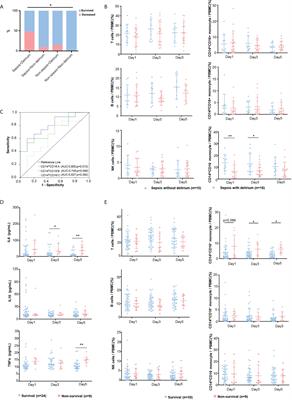EDITORIAL
Published on 18 Apr 2023
Editorial: Role of hypoxia-inducible factors in metabolic immune cell adaptation during sepsis
doi 10.3389/fimmu.2023.1194504
- 626 views
8,499
Total downloads
21k
Total views and downloads
Select the journal/section where you want your idea to be submitted:
EDITORIAL
Published on 18 Apr 2023
ORIGINAL RESEARCH
Published on 16 Mar 2023

ORIGINAL RESEARCH
Published on 20 Sep 2022

ORIGINAL RESEARCH
Published on 30 Jun 2022

ORIGINAL RESEARCH
Published on 12 May 2022

ORIGINAL RESEARCH
Published on 17 Feb 2022


Frontiers in Medicine